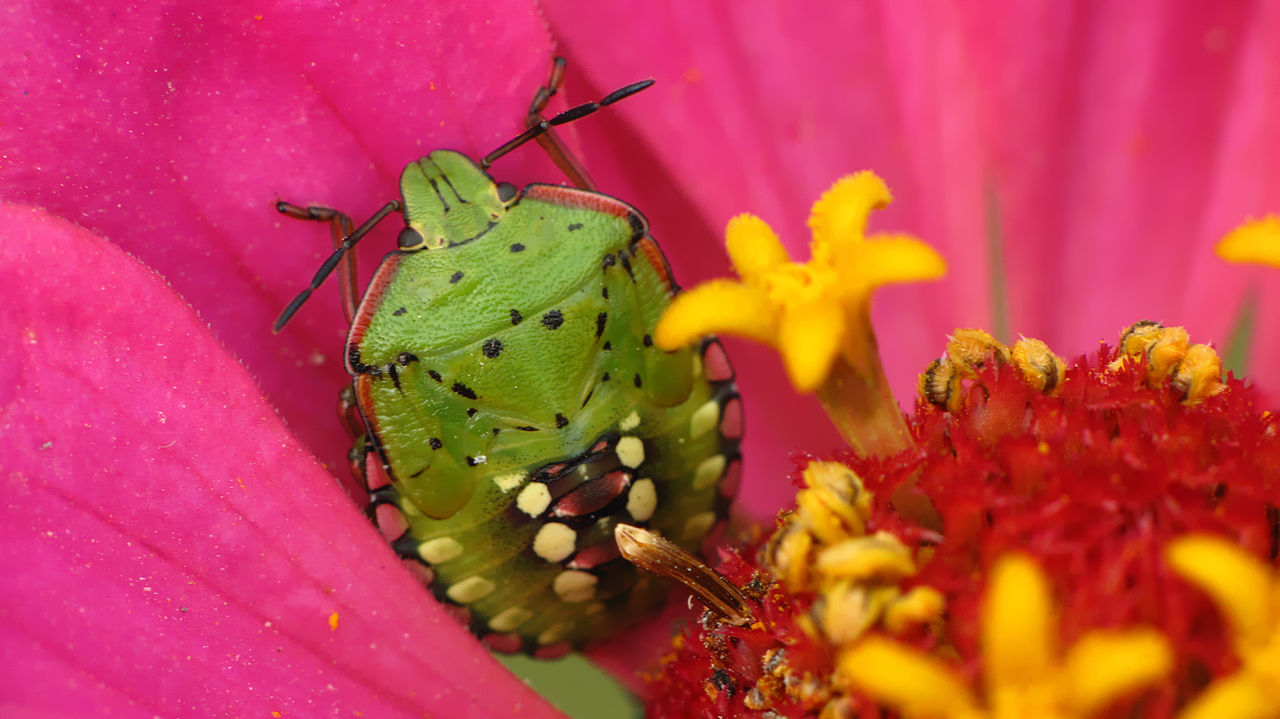Chinch bugs (Blissus leucopterus) are notorious pests for their propensity to wreak havoc on lawns, especially during hot, dry periods. These tiny insects may be diminutive in size, but their impact can be vast, causing brown patches in otherwise lush yards. In this guide, we’ll dive deep into understanding chinch bugs, how to identify them, their habitat, diet, and, most crucially, how to combat them effectively.
Save 50% on Your First Treatment
Contact Us Today to Claim Your Savings - Limited Time Only
For a Faster Quote
Call (888) 739-9099


